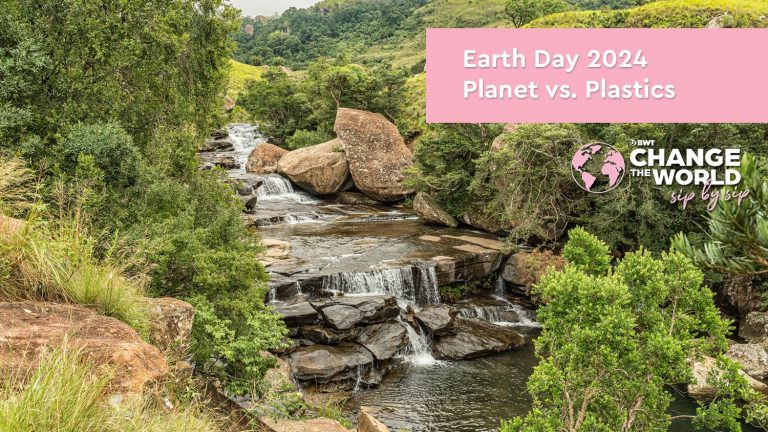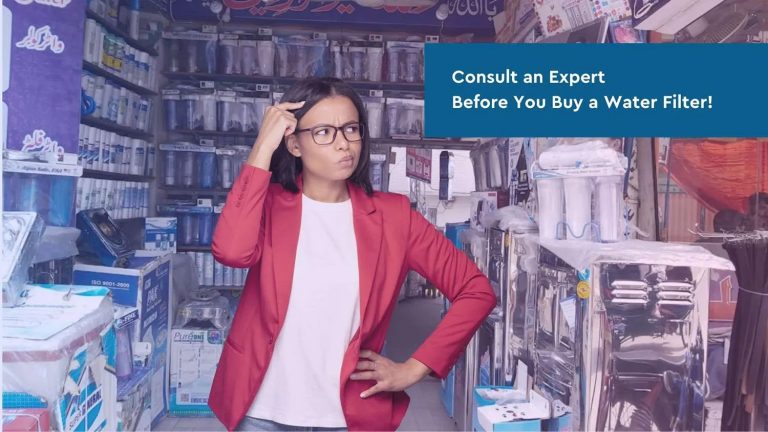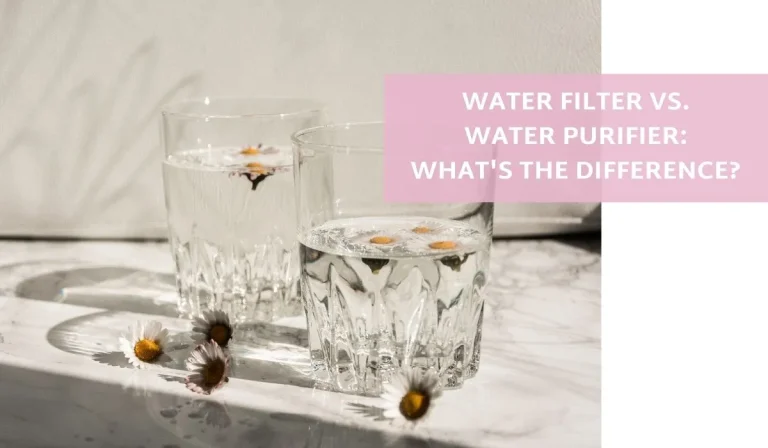No products in the basket.

Earth Day 2024 – Planet vs. Plastics
Plastic Pollution is a Pressing Global Issue with Far-Reaching Consequences. Here are Some Key Statistics: Global Plastics Production: Global plastics production has doubled since the
In 1997, The Department of Water Affairs and Forestry was celebrating the delivery of basic water supply from the RDP Programme to the one millionth person in South Africa. There was enough clean water, but access was the main concern.
Today, South Africa is in the midst of a huge water crisis and it does not just relate to the drought. Our infrastructure is in a poor stage of repair and our water quality is suffering due to many factors. The result is that today, unlike 20 years ago, you can’t be assured the tap water you are drinking is good for your health.
A massive drop in Blue Drop status
At the end of January 2017, the highly anticipated 2014 Blue Drop report was released and indicates a reduction of 8% in the national average score from 87,6% in 2012 to 79,6% in 2014 and the number of water systems achieving Blue Drop status has decreased by 55%.
It’s important to note that these results are already three years old and do not reflect the decline in water quality that has taken place in the past three years.
The real threat of failing infrastructure
The first problem South Africa is facing is declining infrastructure. Marius Oosthuizen, programme manager for the Future of Business in South Africa project at the Gordon Institute of Business Science told a gathering that if nothing was done to upgrade South Africa’s water infrastructure, the country would face an urban water crisis and breakdown of the system by 2026.
“The government needs to make an attempt to do things better, while business and society must use water more conservatively,” he said. TimesLive.co.za supported this reporting that 38% of our piped water infrastructure is facing collapse. As our pipes erode and collapse, contaminants seep into our water after the purification process and land up directly in our glasses.
The effect of the drought on water quality
Compounding the issue of infrastructure is the drought, which is compromising our water quality even further. Professor Bob Scholes, a Wits University climate-change expert, has warned that as SA’s dams reach critically low levels, “contaminants are not diluted enough. The water tends to be warmer because it is shallower and that leads to pollution problems.”
Added to this, in times of water shedding, water and soil on the outside of water pipes enter the pipe through holes and cracks due to the lack of water pressure within the pipe to prevent it. The water around the pipes is also often polluted from the surface water, so when the water is switched back on, the contaminants are transported to user’s taps.
Looking forward: A future of induced scarcity?
Dr Anthony Turton – an environmental risk analyst and water expert – sounded the alarm in November 2015, saying that, “South Africa has polluted its national water resource to such an extent that it now faces a crisis of induced scarcity, which could have been avoided.” The reason being, he said, is that municipalities are discharging around 4 billion litres of untreated or partially treated sewage into the country’s rivers and dams, each day.
Carte Blanche has also highlighted the growing crisis South Africa currently faces with blue-green algae, also known as Cyanobacteria. Blue-green algae grows in warm, nutrient-rich water, depleting oxygen supplies and releasing several toxins which pose serious health risks to humans and animals drinking the water.
This toxin targets specific organs, particularly the liver. Symptoms include headaches, fevers diarrhoea, abdominal pain, nausea and vomiting and even breathing difficulties. According to a study in May of 2015 by the South African Journal of Science, South Africa has the highest known levels of blue-green algae contamination in the world and the figures are only expected to increase.
So, what’s the solution?
The only way to protect your and your family’s health from these chemicals, contaminants and toxins is to purify your municipal water with a purifier that destroys them completely.
H2O International SA’s premium purifiers are the only purifiers in the country to contain the GAC/KDF®/Riolyte® Process Media Bed which unlike carbon is truly bacteriostatic with an electrolytic field creating an environment which is deadly to blue-green algae and many other microorganisms.
The H2O International Media bed which is made up of KDF®/Riolyte® and a high-grade coconut shell activated carbon is very effective at removing/reducing unwanted contaminates from your municipally treated water – not only the toxic bacteria, but also heavy metals, pharmaceuticals and chemicals.
It’s what’s inside that counts.

Plastic Pollution is a Pressing Global Issue with Far-Reaching Consequences. Here are Some Key Statistics: Global Plastics Production: Global plastics production has doubled since the

Although all living things require water, not all water is of the same quality. The taste, safety, and usability of water are all impacted by

Is water filtration and water purification the same thing? If you’re new to the world of water filtration and purification, a question like this may

The safety and well-being of employees has been the primary concern of every business owner since the lockdown ended and more of us returned to

As the summer temperatures rapidly rise, bringing the promise of sunny days and outdoor adventures, prioritising hydration is crucial. The summer season demands that you
Join the H2O | BWT family and get R100 off your first order
Please note, minimum spend of R1000.